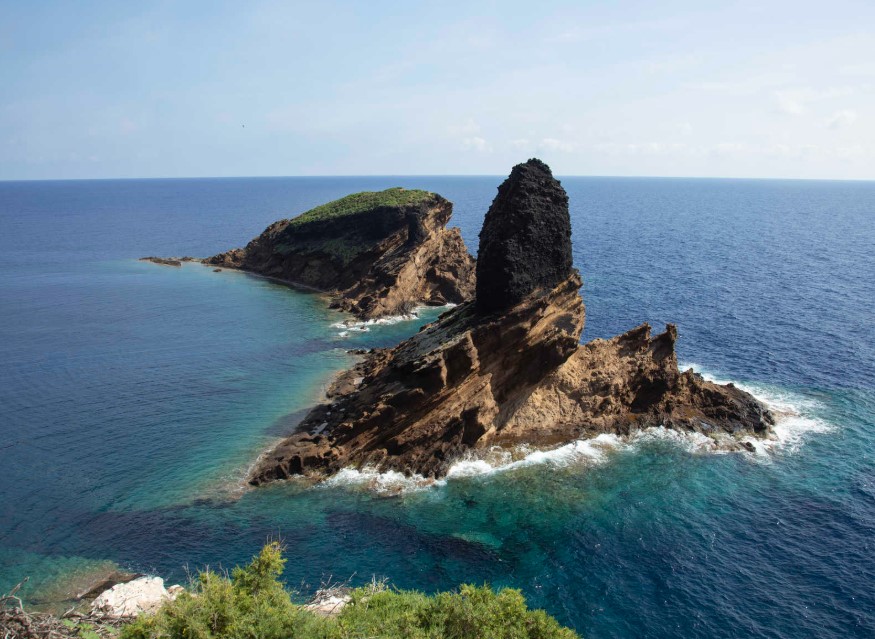The Spanish government has taken a significant step towards strengthening marine conservation: Ten marine environments in the Valencia region are being declared Special Areas of Conservation (SACs) and incorporated into the European Natura 2000 network. This initiative, enacted through a Royal Decree by the Ministry for Ecological Transition and Demographic Challenge, transforms existing Sites of Community Importance (SCIs) into strictly protected zones.
Expansion of the Protected Area and New Management Plans
With this new designation, the affected marine areas will have their own management plans and conservation measures, aimed at more effectively protecting and managing biodiversity. A total of 67,440 hectares (ha) of marine habitats will be protected. This is an impressive expansion: The current protected area will increase by 19,411 ha, representing a 40% increase.
Overview of the Protected Areas
Four of these new protected areas are located in the province of Castellón:
- The marine area of Orpesa and Benicàssim, covering 1,317.55 ha.
- The Illes Columbretes and their surroundings, to be unified in a ministerial report, totaling 13,524.75 ha.
- The Algores de Borriana-Nules-Moncofa, with 6,681.22 ha.
The remaining six areas are located in the province of Alicante:
- L’Almadrava, with 4,615.57 ha near Dénia.
- Marina Alta, with 2,318.189 ha.
- Ifac, covering an area of 1,377.27 ha.
- Cabo de les Hortes, with 6,748.87 ha.
- Tabarca, with 20,802.54 ha.
- Cabo Roig, totaling 6,989.60 hectares.
These special conservation areas complement the existing 40 Special Protection Areas for Birds (SPAs) in the Valencian Community, which cover an area of 732,726.20 hectares. Of these, 17,849.55 ha are marine, accounting for 2.4% of the total.
Spain’s Commitment to Marine Conservation on the Rise
The designation of these marine environments brings Spain closer to its ambitious goal of protecting 30% of its natural coastal areas. This commitment was reaffirmed by Prime Minister Pedro Sánchez at the United Nations Ocean Conference in Nice. Following the approval of the Royal Decree, the protection rate will increase from 20.9% to 22.5%. Sánchez emphasized there the crucial role of seas and oceans as the “long-term memory of our planet’s climate,” which is being increasingly weakened due to the climate emergency.
The European Commission had already provided guidelines for the conversion of SCIs into special conservation areas, a period that Spain had already exceeded for several years, dating from 2006 to 2015. With the approval of these new areas, the establishment of “corresponding management plans or instruments” has also become necessary.
Objectives of the Special Conservation Areas: Knowledge, Conservation, and Participation
The designation as SACs primarily aims to restore a favorable conservation status of these marine areas and is guided by four overarching objectives set out in Law 42/2007:
- Increase Knowledge: Improve the level of knowledge for more effective conservation.
- Conservation and Restoration: Ensure the favorable conservation status of habitat types and sensitive species, and ensure the compatibility of uses and activities with their preservation.
- Protection of Seabird Populations: Maintain or restore the favorable conservation status of seabird populations of interest, and ensure that uses and activities are compatible with their preservation.
- Awareness and Participation: Increase knowledge, awareness, and participation among the various stakeholders in the protected area.
In accordance with these objectives, the Royal Decree includes a “General Regulation of Uses and Activities” in the annex of the regulation. This is based on extensive proposals and claims from a public consultation, as well as participatory workshops held in 2018, involving state, regional, and local administrations, environmental organizations, conservation associations, and the fishing and economic sectors.




